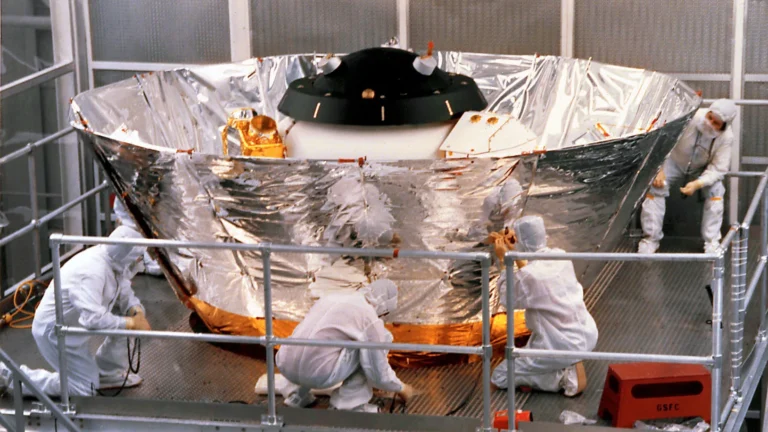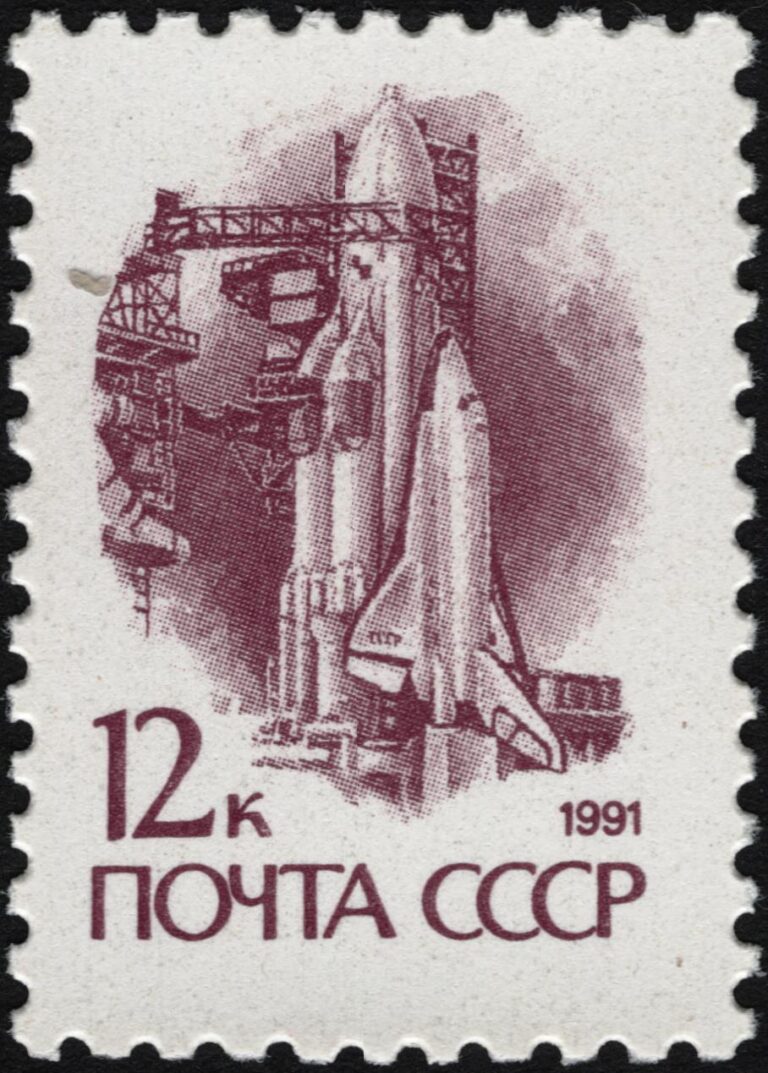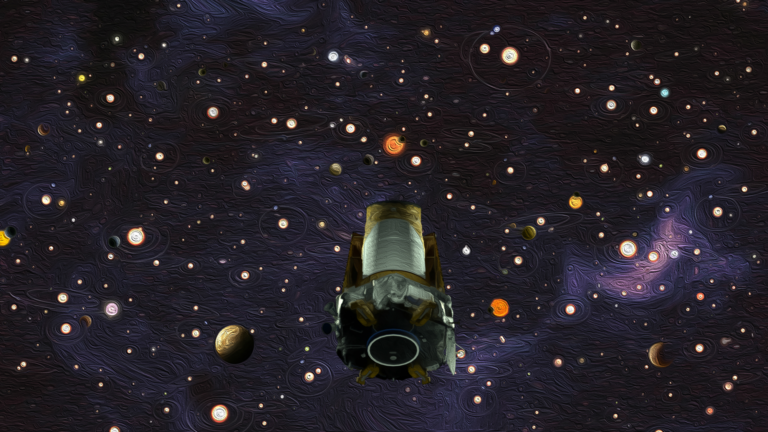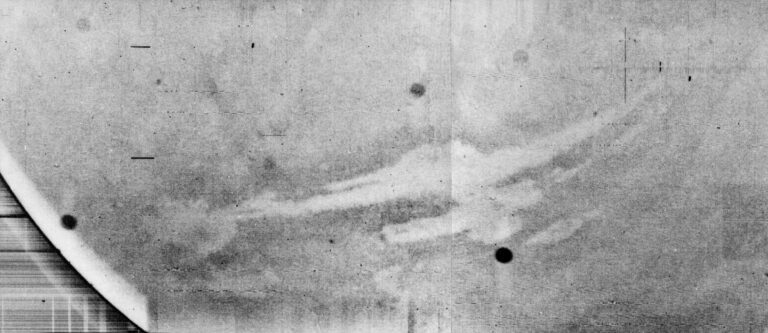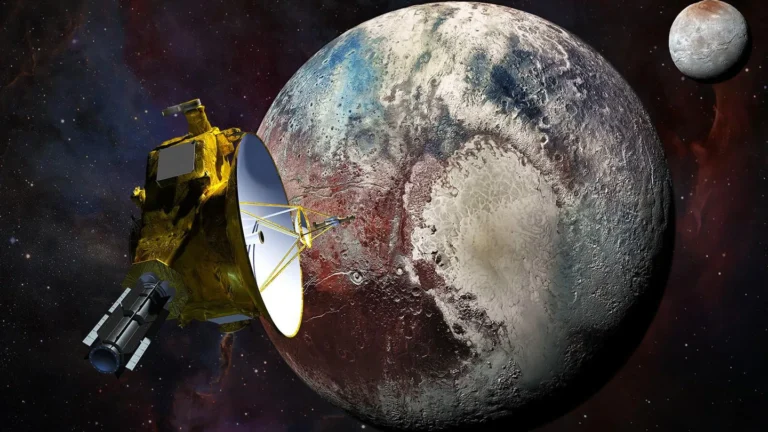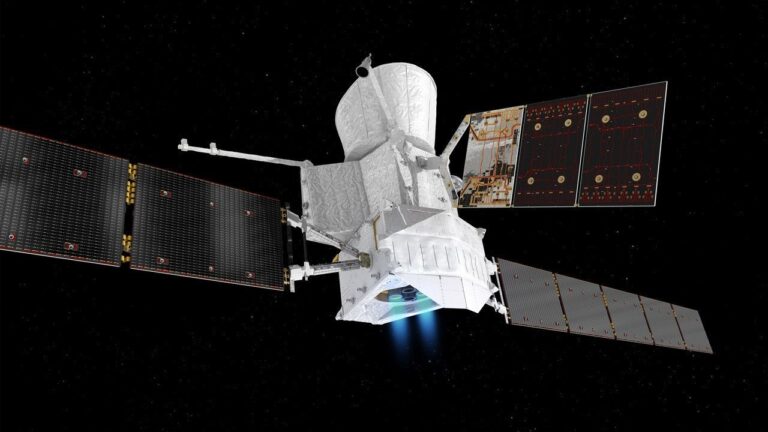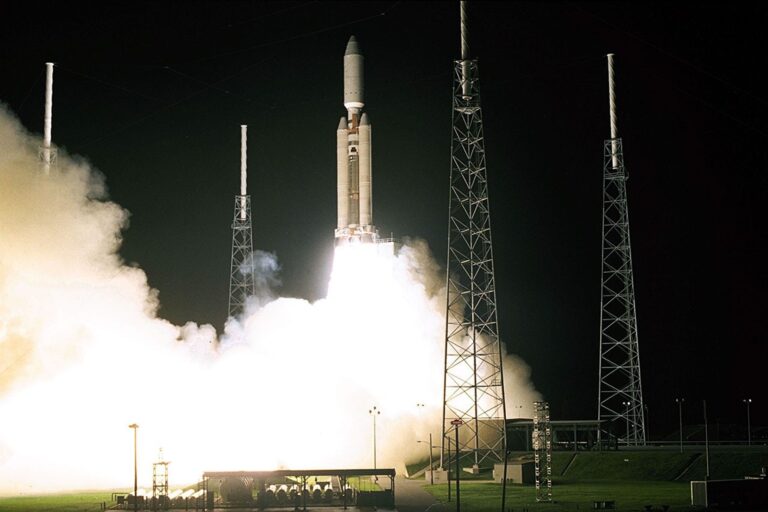
Key Takeaways:
- The TRACERS mission, comprised of two twin satellites launched via a SpaceX Falcon 9 rocket, has commenced its operational phase following successful deployment and initial contact with ground controllers.
- TRACERS will conduct approximately 3,000 measurements over the next year, focusing on magnetic reconnection events within Earth's polar cusp to better understand energy transfer from the solar wind to near-Earth space.
- The mission's primary objective is to enhance scientific understanding of space weather phenomena and their impact on satellite operations and communication systems.
- TRACERS will collaborate with other NASA missions, including MMS, PUNCH, and EZIE, and also carried three secondary payloads: Athena EPIC, PExT, and REAL, each with independent scientific goals.
NASA’s TRACERS (Tandem Reconnection and Cusp Electrodynamics Reconnaissance Satellites) mission is officially underway following a successful launch Wednesday at 2:13 p.m. EDT. The twin satellites rode a SpaceX Falcon 9 from Vandenberg Space Force Base in California.
Ground controllers confirmed contact with both satellites three hours after separation, marking the beginning of a four-week commissioning period. Once fully operational, TRACERS’ observations will help scientists better understand how space weather events can affect satellites and communications.
The two satellites will orbit in close formation, following each other just 10 seconds apart as they fly through the polar cusp — an open region in Earth’s magnetic field near the North Pole where energy and particles from the solar wind enter into near‑Earth space.
Over the next year, TRACERS will take about 3,000 measurements to study magnetic reconnection — the snapping and explosive realigning of magnetic field lines that releases energy. By building a “time‑lapse” of these events where the Sun’s magnetic field connects to Earth’s, scientists hope to track how bursts of solar energy move into near‑Earth space. “TRACERS is set to transform our understanding of Earth’s magnetosphere,” said principal investigator David Miles of the University of Iowa.
Acting NASA Administrator Sean Duffy called the launch “a demonstration of American preeminence in space science research,” noting the mission’s relevance to both space weather forecasting and future exploration of the Moon and Mars.
Duffy was the addressee of a letter of dissent published earlier this week and signed by nearly 300 current and former NASA employees concerned about budget cuts and safety culture.
The twin spacecraft will work in concert with other NASA missions, including MMS and the recently launched PUNCH and EZIE satellites, to build a more complete picture of solar wind interactions with our planet.
Three secondary payloads also accompanied the mission: Athena EPIC, a small satellite testing a flexible commercial bus; PExT, a communications experiment bridging commercial and government networks; and REAL, a CubeSat investigating how energetic electrons escape the Van Allen radiation belts.

